Do you know if you need to pay an intern or not?
Question:
I read a notice that there are new requirements that must be met to consider someone an unpaid intern. What are the requirements and how do I make sure our company needs to pay an intern or not?
Answer:
This month, the Department of Labor (DOL) adopted a new test for determining if a company needs to pay an intern. When categorizing interns, employers should use this test—called the Primary Beneficiary Test—when determining if a worker can be properly classified as an unpaid intern or if they need to be classified as an employee and paid minimum wage and overtime. The DOL’s switch to the Primary Beneficiary Test creates a nationwide standard.
Previously, the DOL was using a six-question all-or-nothing test. An employer needed to be able to say “yes, the internship does that” to all six questions or else classify the worker as an employee. The new test is a balancing (or factors) test and has seven questions. No single question will disqualify the worker from being classified as an unpaid intern. Instead, the employer may look at the answers as a whole.
The new questions overlap significantly with the old questions. The major element missing from the new test is a focus on whether the intern is providing tangible benefit to the employer. The old test indicated that the employer should receive little to no benefit from the services of an unpaid intern, with the exception of goodwill and a qualified future applicant. The new test doesn’t ask if the employer is receiving a benefit.
In place of questions about whether the employer receives any benefits, the new test places more emphasis on the internship being academically focused. Only one of six questions in the old test asked about the training and educational aspects of the job, whereas four of seven do in the new test. Employers are free to look at factors outside of these seven, but should be careful about stretching to find new questions if these seven lead to an answer of “paid employee.”
Under the Primary Beneficiary Test, employers should consider the following when deciding if they need to pay an intern or not:
- The extent to which the intern and the employer clearly understand that there is no expectation of compensation. Any promise of compensation, express or implied, suggests that the intern is an employee.
- The extent to which the internship provides training that would be similar to that which would be given in an educational environment, including the clinical and other hands-on training provided by educational institutions.
- The extent to which the internship is tied to the intern’s formal education program by integrated coursework or the receipt of academic credit.
- The extent to which the internship accommodates the intern’s academic commitments by corresponding to the academic calendar.
- The extent to which the internship’s duration is limited to the period in which the internship provides the intern with beneficial learning.
- The extent to which the intern’s work complements, rather than displaces, the work of paid employees while providing significant educational benefits to the intern.
- The extent to which the intern and the employer understand that the internship is conducted without entitlement to a paid job at the conclusion of the internship.
A link to the new fact sheet and additional information can be found on the Department of Labor Wage and Hour Division website.
Strategic HR offers assistance with a variety of Benefits and Compensation needs, including understanding how DOL regulations affect your business and helping craft creative compensation plans. Please visit our Benefits and Compensation page for more information.


